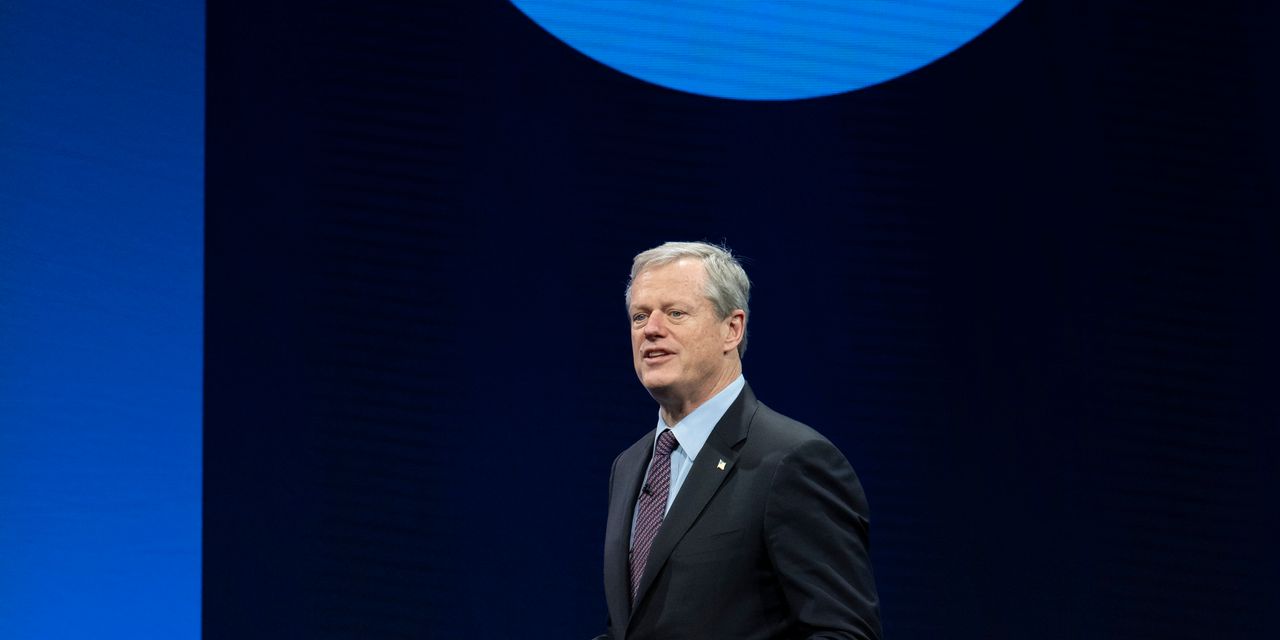Here's the rest of it.
The proposal bucks the NCAA’s founding principle of amateurism, defined as athletes competing without pay, and ushers the 117-year old organization into a new era.
It’s a revolutionary idea for an often lumbering organization that has struggled in recent years to modernize its rules amid pressure from litigation, state and federal lawmakers and turning public opinion. Baker’s letter, viewed by The Wall Street Journal, also represents a marked shift in the organization’s tone, from defensive and reactive to sweeping and proactive.
“Colleges and universities need to be more flexible, and the NCAA needs to be more flexible, too,” Baker wrote.
The proposed changes would create a new top tier, or subdivision, for the richest programs. Those schools would be required to set aside at least $30,000 per year for at least half of their eligible athletes in an educational trust fund designed to serve as a launching pad fund. The subdivision would also require schools to work together to make their own rules for things like scholarship limits, recruiting windows and transfer requirements.
The letter appeared to receive a warm reception. Ohio State athletic director Gene Smith wrote on X, the platform formerly known as Twitter, “I am 100% supportive of your efforts. Intercollegiate Athletics needs the proactive and forward thinking you are providing.”
At its core, the NCAA is a membership organization and championship operator that sets the rules for competition. It has more than 1,100 members with dramatically different budgets, prestige and expectations, and has attempted to group like-minded institutions accordingly.
In 1973, the NCAA divided the membership into three classifications—Divisions I, II and III. The top tier was later split into the Football Bowl Subdivision—where powerhouses like Alabama and Texas compete—and the Football Championship Subdivision, for the likes of Alabama A&M, Texas Southern and other schools with lesser resources.
Over time, the differences within that top division widened, but the NCAA was still mostly making blanket-decisions for all of Division I. It became harder and harder to follow a one-size-fits-all approach when annual athletics spending in the top division ranged from $5 million to $250 million. There was a growing gap within the top of the top, too: 91 programs spent at least $50 million on athletics, 59 of them spent over $100 million.
All of that money flowed to athletes indirectly. It paid for the salaries of the best coaches, renovated facilities and enhanced educational and medical benefits. NCAA rules, however, prohibited any of it from lining athletes’ pockets.
There have been incremental financial gains for athletes in recent years. The NCAA authorized cost of attendance stipends and educational bonuses. Athletes also gained the ability to profit from endorsement deals with third parties in July 2021, but the NCAA’s policy and most state laws banned schools from getting involved as either the broker or the bankroller.
Baker’s proposal, should it be codified, would allow any Division I school to compensate its athletes. They wouldn’t necessarily need to opt into the new subdivision to pay their star soccer player, however.
One reason Baker cited for allowing schools to directly compensate athletes is gender equity. Since the NCAA began allowing athletes to profit from their name, image and likeness in 2021, the vast majority of deal activity has involved athletes in men’s sports. There are a handful of top-earning women, like Louisiana State gymnast Livvy Dunne, but by and large women athletes have financially benefited less than their male counterparts. Under Baker’s proposals, payments to athletes would be subject to Title IX rules and would “help level what is fast becoming a very unlevel playing field between men and women student-athletes,” Baker wrote.
For now, Baker’s proposal is just that—a proposal. Undertaking such a monumental change would require several steps, including feedback from Division I members. A person familiar with the NCAA said the association doesn’t have a definitive timeline for implementing the proposal.
Meanwhile, the NCAA is facing attacks on several fronts over athlete compensation. There’s a lawsuit in Pennsylvania arguing that athletes should be classified as employees eligible for minimum wage and a class-action lawsuit in California demanding that athletes who competed before endorsement deals were permitted should be paid compensation. Other efforts have routed through the National Labor Relations Board, including a complaint filed jointly against the association, Pac-12 and Southern California and an effort by Dartmouth College basketball players to unionize.
It isn’t clear what might happen to those efforts should the NCAA change its rules before verdicts are reached.
Amid pressure to modernize, NCAA President Charlie Baker outlines a new model where Division I schools could pay athletes through endorsements and educational trusts.

www.wsj.com

 www.wsj.com
www.wsj.com

